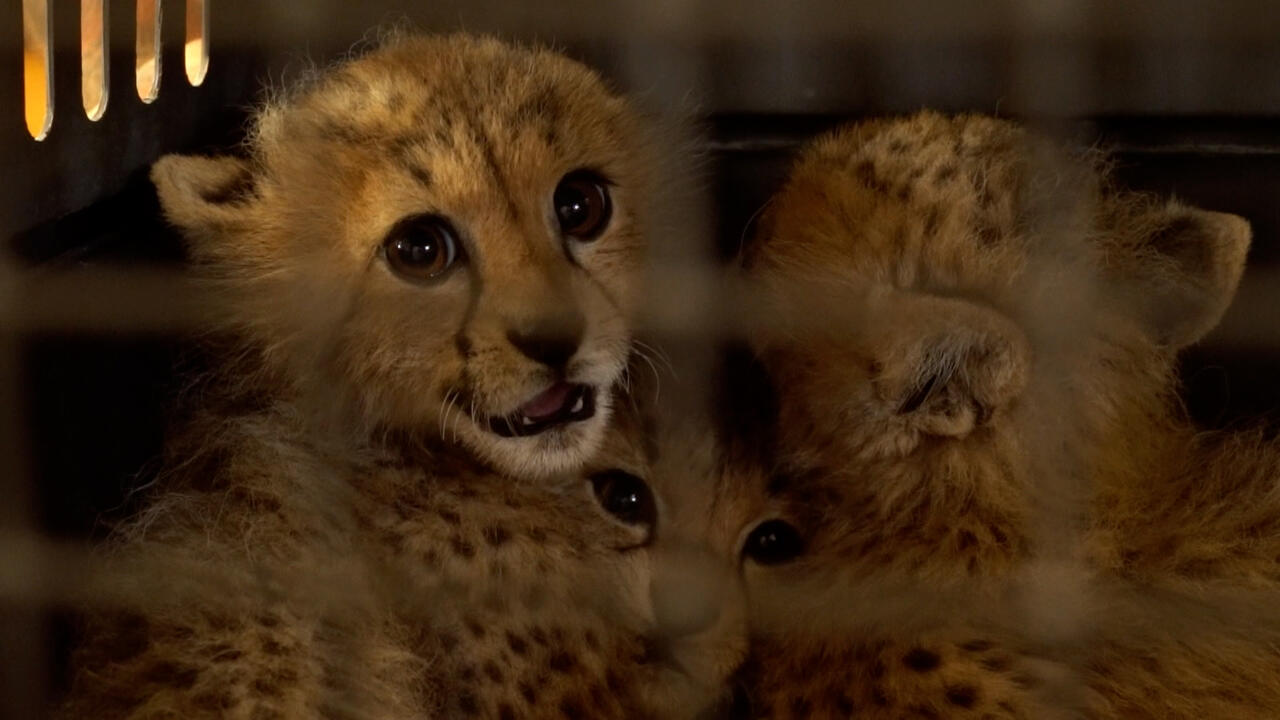From Africa to the Persian Gulf: Inside the booming illegal market for wild pets
Issued on: 22/01/2021 - 16:03
7:40
By:Miyuki DROZ|Sophie GUIGNON
19 min
In the United Arab Emirates, the possession and trafficking of wild animals have been officially banned since 2017. Yet every day on social media, Emirati citizens, particularly royals, post videos where they pose with lions, tigers or cheetahs.
In a disaster for biodiversity, these big cats have been turned into status symbols, even more effective in clocking up Instagram likes than luxury cars or selfies with celebrities.
Our reporters traced the source of this lucrative illegal trafficking industry to Somaliland, in the Horn of Africa, where authorities and NGOs are trying to end it.

 www.france24.com
www.france24.com
Issued on: 22/01/2021 - 16:03
7:40
By:Miyuki DROZ|Sophie GUIGNON
19 min
In the United Arab Emirates, the possession and trafficking of wild animals have been officially banned since 2017. Yet every day on social media, Emirati citizens, particularly royals, post videos where they pose with lions, tigers or cheetahs.
In a disaster for biodiversity, these big cats have been turned into status symbols, even more effective in clocking up Instagram likes than luxury cars or selfies with celebrities.
Our reporters traced the source of this lucrative illegal trafficking industry to Somaliland, in the Horn of Africa, where authorities and NGOs are trying to end it.

Reporters - From Africa to the Persian Gulf: Inside the booming illegal market for wild pets
In the United Arab Emirates, the possession and trafficking of wild animals have been officially banned since 2017. Yet every day on social media, Emirati citizens, particularly royals, post videos w…
Last edited:

